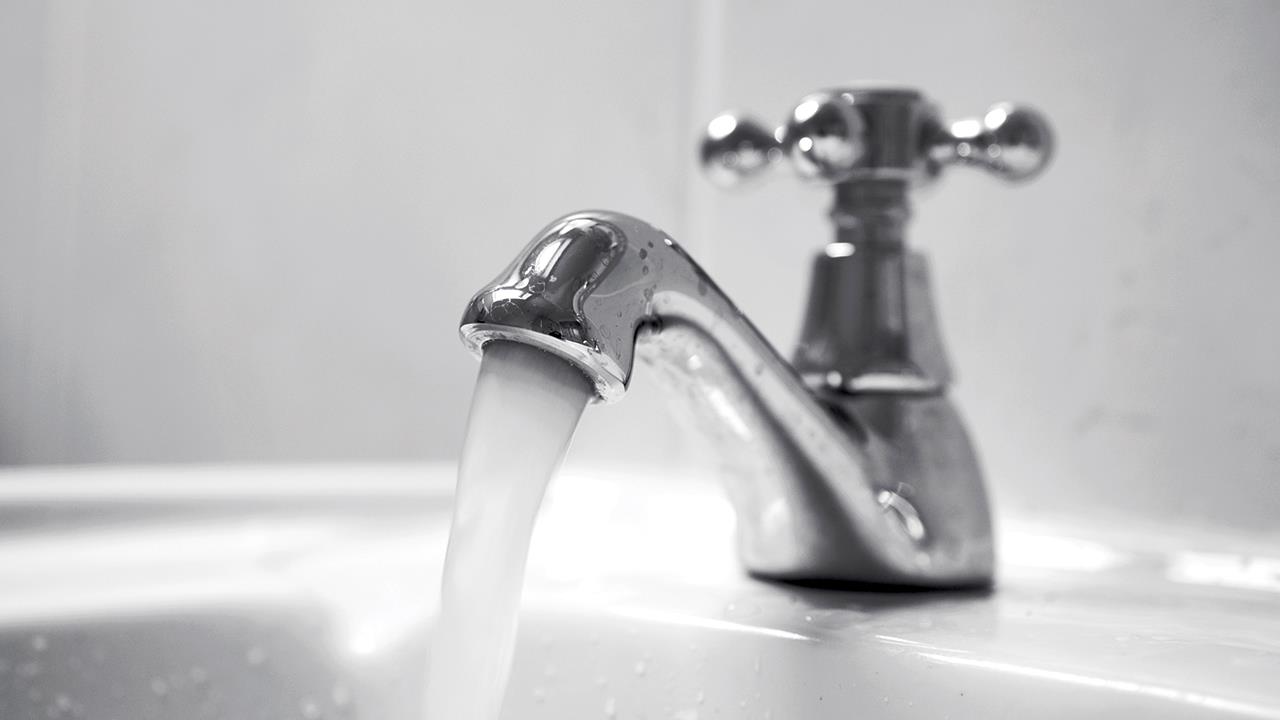

Low water pressure or flow is a problem experienced by many households across the UK.
In fact, a 2018 survey by Salamander Pumps shows that 40% of the 2,000 UK residents who responded suffer from the effects of poor water pressure on a daily basis.
However, there are numerous easy and effective solutions to improve water performance.
How a home’s plumbing system impacts on water pressure
Gravity-fed systems, which are common in the UK, especially in older properties, can often be a cause of low pressure.
This is because the water pressure of the system is determined by the height between the base of the cold tank and the outlet (or their associated supply pipework).
The more level the outlet is to the base of the cold water tank, the less flow and pressure there will be. It also means that any outlets either level or higher than the cold water tank will have no flow at all.
For homes with a mains-fed system, such as a combi boiler, it is common for the water pressure to fluctuate throughout the day.
Pre-COVID, it would be common for homes with a combi boiler to notice a dip in performance during peak times in the morning and evening, when demand from residents on the street increased.
Pressure would then tend to increase again during the middle of the day as the demand reduced.
However, with working from home now commonplace among many UK workers, it is likely that water demand across a street now remains higher than previously even during the middle of the working day.
How to fix a home’s low water pressure
If a home suffers from low water pressure or flow, there are multiple things you can try to improve the situation.
Firstly, check around the home to make sure that the problem isn’t being caused by a fault within the property.
Check that the stop valves are fully open, as they can limit the amount of flow from the outlets across the home, even if they have only slightly been turned off. You should then also check for any leaks in the property that could be impacting the water flow.
If these checks show no issues, a simple and effective solution is then to install a water pump or an accumulator tank to boost performance across the house.
Boosting water in a gravity-fed system
There are lots of water pumps on the market that are designed to boost water performance in a gravity-fed system.
These pumps are available in different models to boost either showers, bathrooms, or the whole house, and will offer varying degrees of pressure (or bar ratings), depending on the building’s requirements.
Shower-specific pumps are designed to boost hot and cold water at the same time to a conventional shower. This means that if the pump is connected to other outlets that use only hot or cold water, then the pump can become damaged over time.
However, whole-house pumps are designed to pump to hot or cold water outlets together or separately, as required.
Boosting mains water for combi boilers and unvented systems
Some believe that the Water Supply and Fittings Regulations (1999) prevent you from fitting a pump or booster directly to mains water, but this is, in fact, a myth.
The Water Regulations only state that pumped mains water must not exceed 12 litres per minute (l/min).
Given that many households experience a flow much lower than this, it is possible to install a boosting system to their incoming mains water.
An in-line pump will sit directly on the incoming mains supply, and boost water flow to provide an increased, stable flow of up to 12l/min.
However, if a home requires more than 12l/min, then an accumulator tank will be required to store cold water under pressure, in compliance with the regulations.
These tanks are available in a range of sizes and can provide flow rates of up to 36l/min per tank. If an even greater flow rate is required then multiple tanks can be linked together to achieve this.
If you'd like to keep up-to-date with the latest developments in the heating and plumbing industry, why not subscribe to our weekly newsletters? Just click the button below and you can ensure all the latest industry news and new product information lands in your inbox every week.